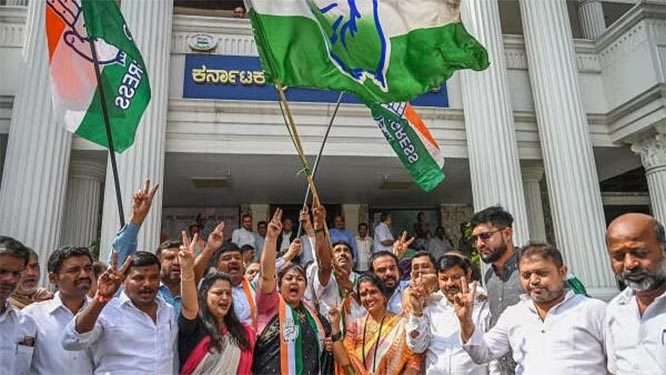Kasaragod, Aug 26: The Kerala Region of the Indian Medical Association (IMA) has downplayed incidents of three deaths of women reportedly after getting covid jabs, saying that these are all very rare cases, considering the sheer number of vaccines administered.
The deaths have been reported from Kottayam and Kasaragod districts over the last 12 days.
A 31-year-old who had her pregnancy confirmed from a private hospital in Kottayam had taken the first dose of Covishield on August 6. Five days later, she developed a severe headache.
She was admitted to the same hospital on August 15, but developed complications the next day and was declared brain dead, with death being confirmed on August 20. The death has been initially attributed to ‘cerebral venous thrombosis and vaccine-associated thrombocytopenia’.
Kottayam District Medical Officer Jacob Varghese told the media that it was not clear under what circumstances the private hospital had linked the death to Covid vaccine. An autopsy report is awaited. The death would be audited by an expert team of doctors to determine the exact cause.
The two other deaths, both students, also developed similar build-up and termination. Speaking to BusinessLine, PT Zacharias, President, IMA, Kerala Region, attributed the deaths to thrombosis. The possibilities of getting infected with thrombosis is high, especially in pregnant women.
“Unfortunately, one of the four ladies who died recently was pregnant,” said Zacharias. Quoting a recent study in Denmark, he said there has been only a single such incident in entire Europe of thrombosis after receiving Covid vaccine. Such incidents are very rare in India, especially Kerala, where a vast majority have not reported adverse events after taking the jab.
Nursing assistants administering the vaccine have been strictly instructed to take utmost care and extra caution while on the job. Oozing of blood while wrongly applying the needle to the muscle may lead to mixing with the vaccine, which could enhance the possibility of thrombosis.
According to Zacharias, nursing assistants in government hospitals are well trained to do the job, but cannot say the same thing of counterparts in private hospitals.
The US Centres for Disease Control and Prevention guidelines for intra-muscular injection say that the needle must be used long enough to reach deep into the muscle. Insert needle at a 90-degree angle to the skin with a quick thrust. Before administering an injection of vaccine, it is not necessary to aspirate – to pull back on the syringe plunger after needle insertion.
But Rajeev Jayadevan, member of the IMA’s national task force on Covid, regrets that the practice of aspirating to check if they hit a blood vessel while giving intra-muscular injections has stopped.
In the past, this was a standard practice to ensure that the tip of the needle did not hit a blood vessel.








Comments
Add new comment